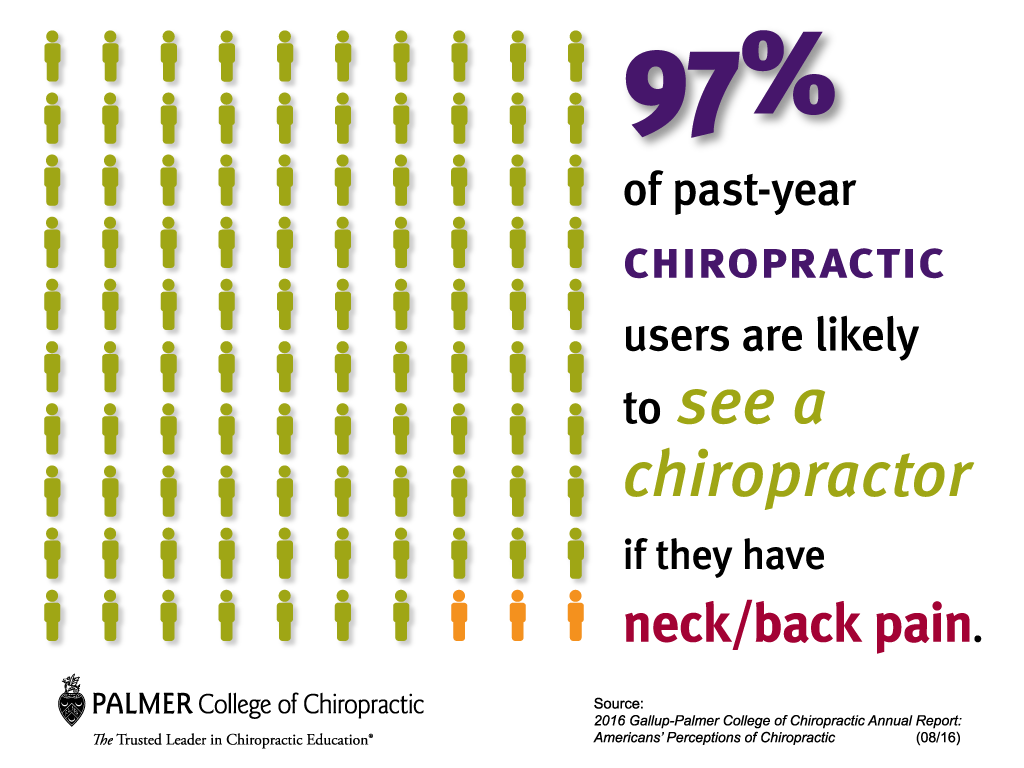Simply When You Believe Alleviation Is Near, Soft Tissue Therapy Reveals Its Awkward Facts-- Discover Why The Process Can Be Unpleasant Yet Beneficial
Simply When You Believe Alleviation Is Near, Soft Tissue Therapy Reveals Its Awkward Facts-- Discover Why The Process Can Be Unpleasant Yet Beneficial
Blog Article
Authored By-Vazquez Thuesen
When you undergo soft Tissue therapy, you could locate it surprisingly uneasy. This pain arises as pressure is applied to strained muscles and damaged cells, activating your pain receptors. While it can really feel upsetting in the moment, there's a factor behind this sensation. Understanding what happens in your body during these therapies can assist you appreciate the procedure. So, exactly what is going on below the surface?
The Physiology of Discomfort During Soft Tissue Treatment
When you undergo soft Tissue therapy, your body's response to pain is a complex interaction of physiological processes. As the therapist applies pressure, your body turns on discomfort receptors, sending out signals to your brain. This activates the release of natural chemicals, such as compound P and glutamate, which amplify the feeling of pain.
Your muscular tissues may likewise tense up in reaction, more making complex the experience. Furthermore, your body may release endorphins, all-natural medicines that can help reduce some discomfort.
The communication between these procedures can develop an one-of-a-kind experience for every person. Comprehending this physiological response helps you browse the experiences throughout treatment, allowing you to value the equilibrium in between discomfort and the potential for healing benefits.
The Duty of Discomfort in the Healing Process
Although pain during soft Tissue treatment can really feel frustrating, it plays a crucial role in the healing procedure. When you experience discomfort, your body is indicating that it's working to repair broken tissues. This action assists raise blood circulation to the affected location, supplying essential nutrients and oxygen required for recovery.
Additionally, https://chiropractorsdoctorsnearm06173.bloginder.com/33714824/sports-massage-therapy-techniques-explained-exactly-how-they-can-transform-your-training can promote the launch of endorphins, your body's all-natural painkillers, developing a feeling of alleviation post-treatment. Welcoming why not try here can aid you comprehend your body's limits and motivate you to address underlying issues.
While it's awkward currently, this procedure is essential for long-lasting recovery and enhanced function. Recognizing discomfort as an essential part of recovery can empower you to remain devoted to your therapy.
Tips for Taking Care Of Pain Throughout and After Therapy
Taking care of discomfort during and after soft Tissue therapy can dramatically enhance your general experience and recovery.
To start, interact freely with your specialist concerning your discomfort degrees; they can adjust strategies appropriately. Making use of deep breathing techniques can likewise help you loosen up and reduce pain.
Take into consideration using ice to the treated location post-session to minimize inflammation and numb pain. Remaining moisturized aids in the recuperation process, so consume plenty of water.
Gentle stretching and light movement after therapy can promote blood flow and simplicity rigidity. Finally, ensure you obtain adequate rest to enable your body to heal.
Executing these suggestions can make your soft Tissue therapy much more manageable and delightful.
Final thought
Finally, while soft Tissue therapy can be unpleasant, it's crucial to identify that this discomfort plays a crucial function in your recovery trip. By recognizing the physiological responses at play, you can approach the treatment with an extra positive mindset. Keep in mind, the initial pain frequently paves the way to alleviation as your body launches endorphins. Welcome the process, and don't hesitate to make use of the tips for managing discomfort to boost your experience and healing.
